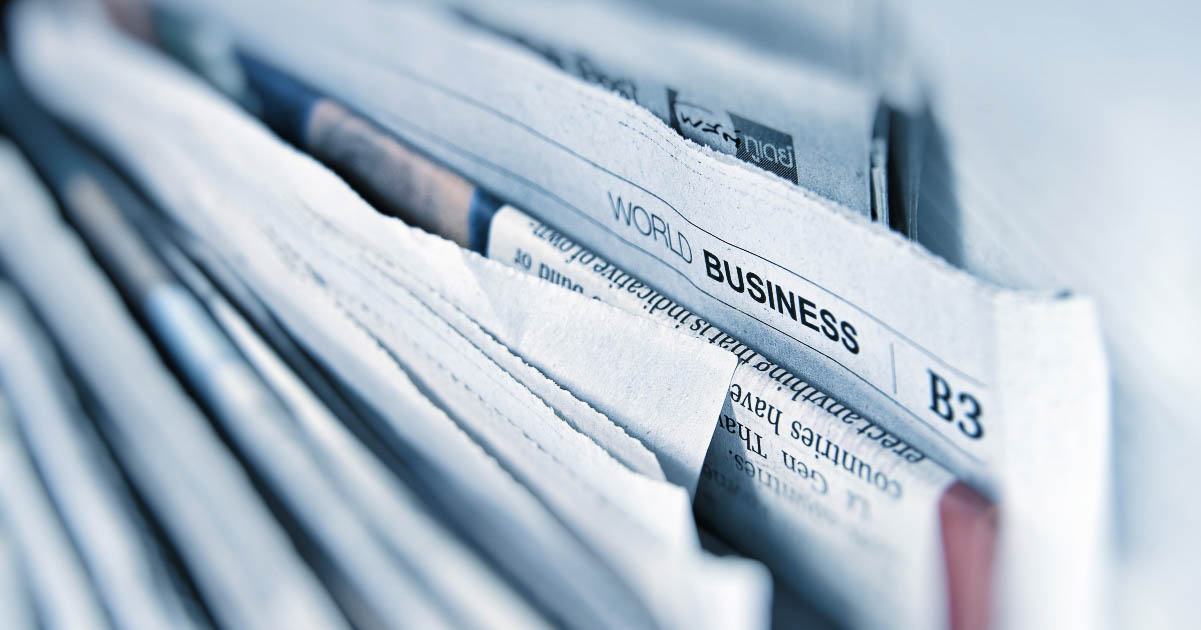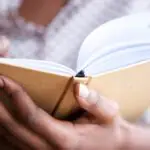
What Is a Lede in Journalism?
Readers are like balloons. Once they leave your grip, you may never catch them again. Having a good article title is not enough to keep the reader in your grip. You must also have a good opening. And this is where a lede comes into play. Today’s post will explain what a lede in journalism is and how you can refine it.
The Meaning of Lede
If you’ve seen lede in writing, you probably know that it has nothing to do with balloons. However, its journalistic origins may have eluded you. In the 1970s, when the linotype machine was still used in the printing industry, journalists found using the word lead difficult to differentiate between the lead paragraph in a news story and the hot lead used for printing. Thus, they coined lede to make it clear they’re not talking about machinery or anything of that matter. According to Garner’s Modern English Usage, lede may mean one of two things: the opening paragraph of an article or, less commonly, the top news story in an edition.
Lede Types
The type of lede you choose depends on your topic and audience. Below, we take a quick look at each type:
Summary Lede
As the name suggests, this lede wastes no time in handing the reader all the essential information up front. Journalists tend to employ this type of lede in hard news stories, for example, reports about events of local or international significance.
Feature Lede
When the reader finds in the lede only hints of the article’s narrative or message, this is known as an anecdotal or feature lede. Ideally, this lede encourages the reader to read on to be clued in later down the line, either gradually or outright. Most examples of this lede are creative journalism or soft news.
Question Lede
Sometimes the author opens their article with a question to the reader; this approach is called a question lede. It’s arguably tricky to pull off, as you must find the right question(s) and context for your lede. The lede should be clear but ambiguous enough to stir your reader’s mind, or else it may fall short.
Refining a Lede
There’s no hard science to follow for a good lede in journalism, but here are three helpful tips that we will discuss:
1. Use the five Ws and one H.
2. Strike a chord.
3. Don’t go the extra mile.
1. The Five Ws and One H
This well-known journalism framework stands for the following: What happened? Why did it happen? Who made it happen? When did it happen? Where did it happen? And how did it happen? It’s important to check that the lede isn’t missing any of those elements so that you can grip your reader, especially with summary ledes, but not so much with other lede types.
2. Strike a Chord
A good lede will put the reader in the picture with something they can relate to. So, try to give your lede some personality. For example, you can directly address your reader in the second person. Also, it’s good practice to avoid clichés, as they could strike the wrong chord (and put off your reader!).
3. Don’t Go the Extra Mile
Finally, don’t assume what’s best for your reader’s attention. Respect the time they’ve given you by keeping your lede (no matter which type) short, concise, and coherent. If your reader is rereading your lede to make sense of it, this could indicate bad writing.
Becoming An Editor
Editing involves more than just knowing how to refine and look out for ledes. If you’re interested in learning how to edit different forms of writing, consider checking out our Becoming An Editor course. It offers guidance on the different types of editing and writing, from creative writing to business writing. Still on the fence? Claim your free trial today to get a feel for the course!



Leave a Comment
Your email address will not be published.